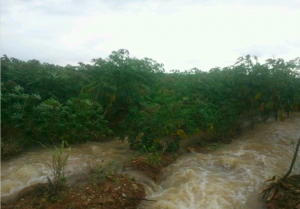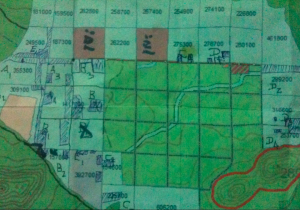We only have HUGS cooperate site till recently but as we spin off our company into separate companies (Well, it supposed to be separated long time ago, but it has been delayed big time with very “Cambodia like” problem we have gotten used to already), we build our own page.
https://www.facebook.com/hugsagrico
I am able to speak “Kanglish” (English with Kansai Japanese accent) and comprehend English with varieties of accent and read some easy English novel like Sidney Sheldon type. However, I am not good at writing an English at all. If I write some English sentence, google immediately gives them bunch of red alert lines and they can’t even find candidate word from my spelling. But our business is actually not really for Japanese but for global market. To let the world know what we do, English is the most convenient way thus far. But since I am bad at writing, I let Ms. Sayaka, bilingual staff of HUGS to update English version of this blog and operation of Facebook cooperate page. And this is the picture she posted on Facebook page the other day.
This map literally is the origin of AGRIBUDDY. The map measured with foot of our farm manager and drawn by their bear hands. By the way, each map shows our 100 hectares of land (The size of 2 Tokyo Disney Land). They measured that 2 of 100 hectares of land by walking around with 100 m maximum of tape measure and divide them into plots, then made it into these maps. If I look back now it was almost impossible even to ask them to make it into a map. I really appreciate that they made it for us. But I say that it haven’t change from our Edo era 200 years ago if we had to walk around and measured then make hand drawn map. Of course we were using GPS but no one really have enough skills to utilise the system fully.
Then now, we can have this perfect map like below by just walking around a farm with AGRIBUDDY installed smartphone.
Well, our agriculture system all the sudden across 200 years of time (and space?) and touch the technology of current world! hooray! Then from here we have to be the one to lead the world of technology in agriculture. We have to evolve and give AGRIBUDDY a constant evolution. And we will change agriculture in developing countries by our hands.
Anyway, probably most of companies in Japan already have the last day of working in 2014 and preparing for 2015. Thank you all for your great support in 2014 and I strive on my work to receive your continuous support on 2015.
Let our 2015 to be the best year ever and wish you to stride more than ever!
Best wishes from Cambodia.
Thank you.







